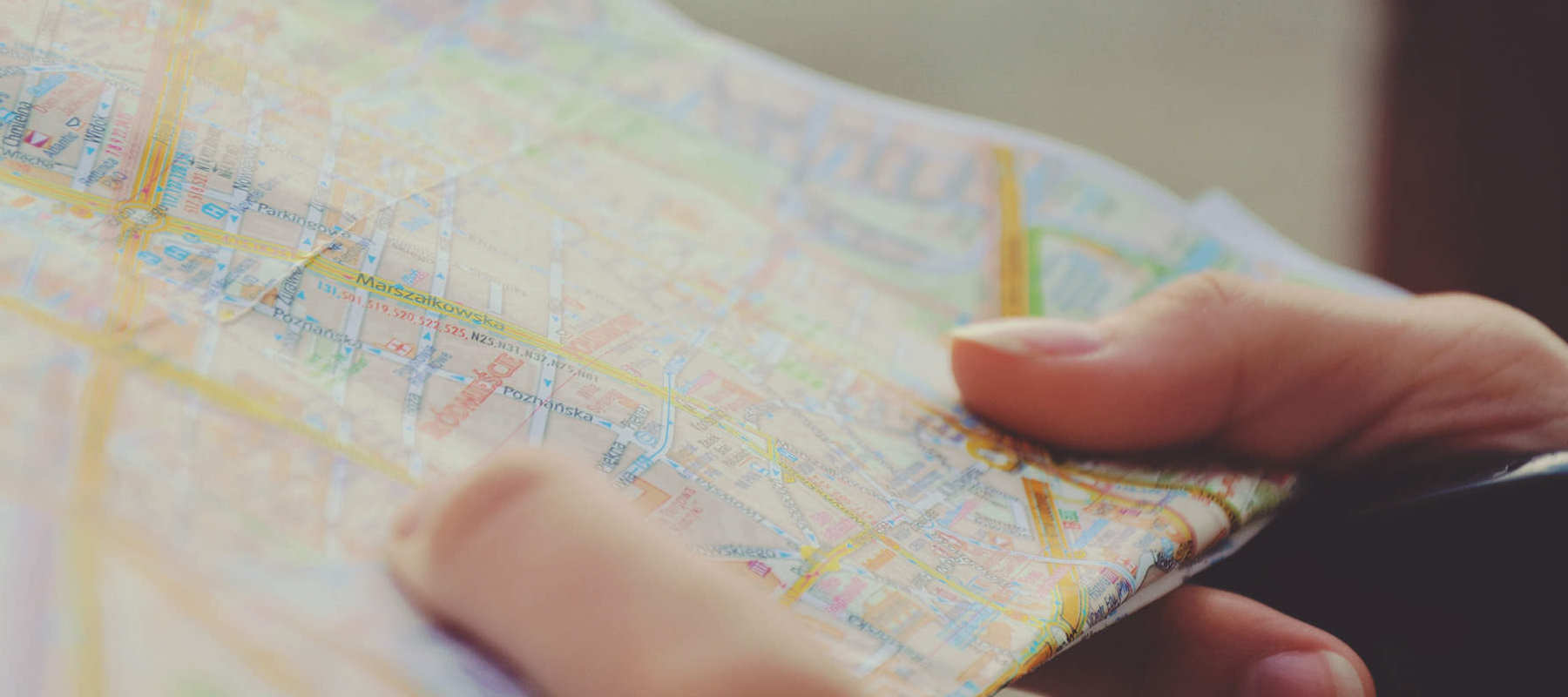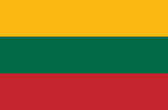
Call 0330 880 3600 Calls may be monitored or recorded. Opening Times.
- TRAVEL INSURANCE
- COVID-19 ENHANCED COVER
- More Options
- Help & Advice
- Existing Customers

Call 0330 880 3600 Calls may be monitored or recorded. Opening Times.

Need help?
UK Customer Services0330 880 3600*
Open Monday to Friday 9:00am to 6pm, Saturday 8:30am to 4pm and closed Sundays.
*Calls are recorded for training and quality purposes.
Other Guides

Official name: Republic of Lithuania
Capital city: Vilnius
Languages spoken: Lithuanian, Russian, Polish
Population: Around 2.7 million
Currency: Euro (EUR)
Time zone: GMT+2
Driving side: Right
Climate: Lithuania has a temperate climate with cold, snowy winters and pleasantly warm summers, making it a country of two very different seasons
Lithuania, the largest of the Baltic states, combines medieval heritage with modern European energy. Its capital, Vilnius, is known for its baroque Old Town and lively cultural scene, while Kaunas and Klaipeda add their own character with art deco architecture and seaside charm. Lithuania’s landscapes range from pine forests and lakes to sand dunes along the Curonian Spit, a UNESCO World Heritage Site. As a member of the EU and NATO, it is a politically stable country, though its history of Soviet occupation remains central to its identity.
Lithuania sits on the southeastern shore of the Baltic Sea, sharing borders with Latvia, Belarus, Poland, and the Russian exclave of Kaliningrad. The terrain is mostly flat with rolling plains, wetlands, and over 6,000 lakes. The highest point is Aukštojas Hill at 294 metres. Forests cover about a third of the land, offering rich biodiversity.
Vilnius Airport is the main international gateway, with additional services through Kaunas and Palanga airports. Lithuania’s rail system links major cities domestically and connects to Latvia, Poland, and Belarus. Buses are the most common form of public transport and are affordable and reliable. Within cities, walking and cycling are popular, especially in compact Vilnius and Kaunas. Driving is straightforward, though rural roads can be narrow.
As a member of the EU and Schengen Area, Lithuania allows UK citizens visa-free entry for up to 90 days in a 180-day period. Longer stays require appropriate visas or permits. The British Embassy is in Vilnius, and other major embassies and consulates are also based in the capital.
Lithuania adopted the euro (EUR) in 2015. Credit and debit cards are widely accepted, and ATMs are easy to find in towns and cities. Prices are generally lower than in Western Europe, making it an affordable destination within the EU.
Healthcare facilities in Lithuania are generally good, particularly in larger cities, though rural areas may have more limited services. EU and UK travellers should carry an EHIC/GHIC card for state-provided care, but travel insurance is strongly recommended to cover private treatment or medical evacuation. Pharmacies are common, and tap water is safe to drink.